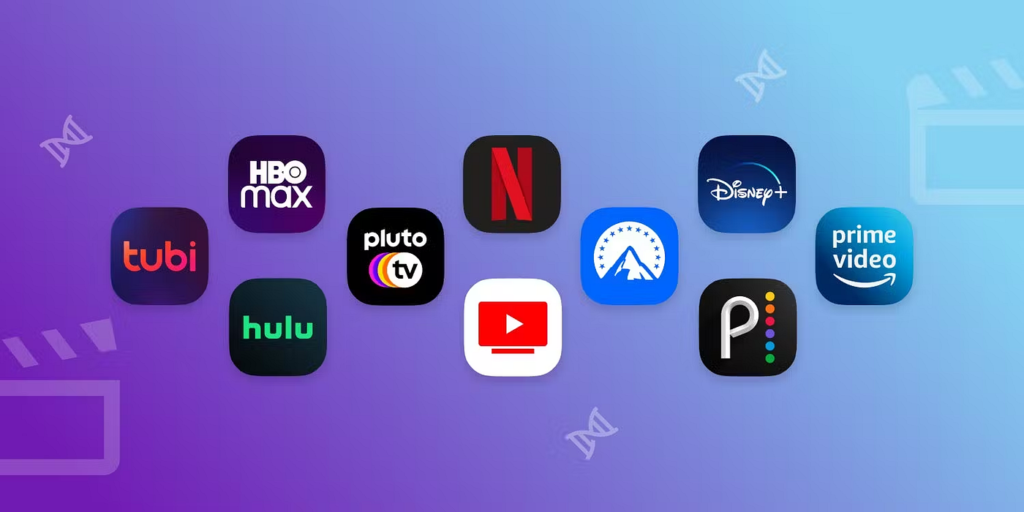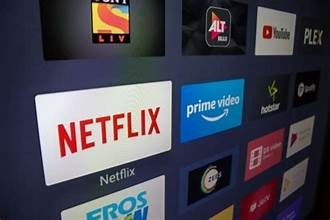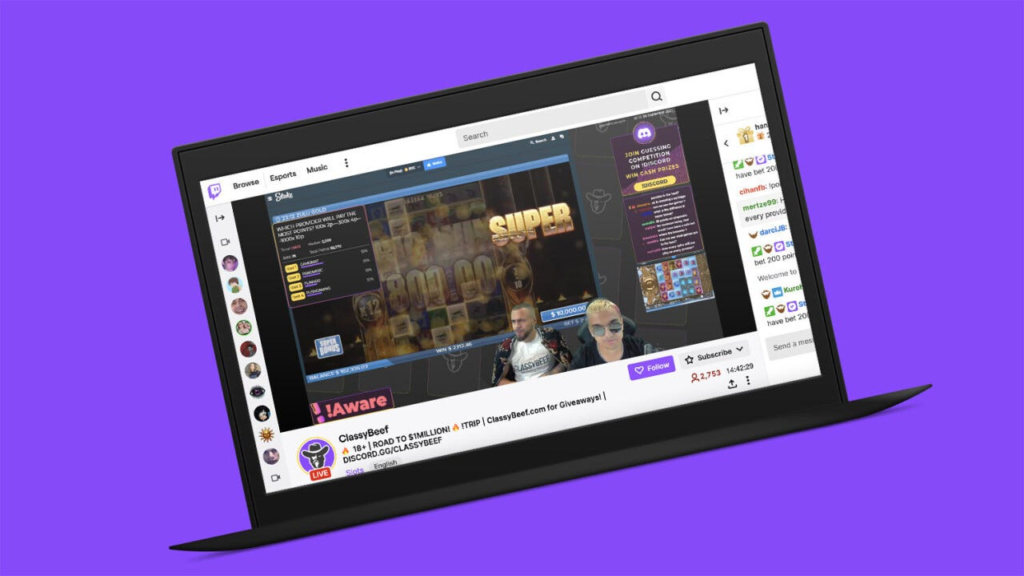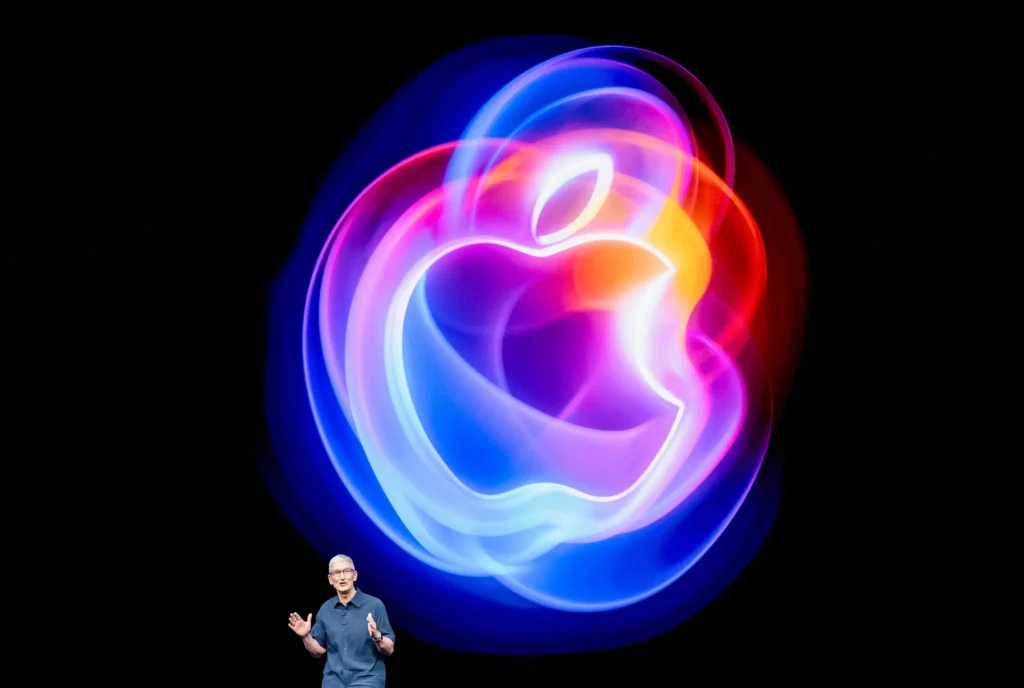
The landscape of streaming platforms has undergone significant changes over the past decade. With the rise of services like Netflix, Amazon Prime, Disney+, and countless others, traditional cable TV has seen a sharp decline in viewership. As technology continues to evolve, streaming platforms are poised to undergo further transformations. This essay will explore several predictions for the future of streaming platforms, examining technological advancements, changes in content delivery, business models, and consumer behavior.
1. Technological Advancements

1.1 Enhanced Streaming Quality
As internet speeds continue to improve with the rollout of 5G and advancements in broadband technology, streaming platforms will be able to offer even higher quality video content. Ultra High Definition (UHD) and 8K streaming will become the norm, providing viewers with unparalleled visual experiences. Additionally, High Dynamic Range (HDR) technology will enhance the color and contrast of streamed content, making for a more immersive viewing experience.
1.2 Artificial Intelligence and Personalization
Artificial intelligence (AI) will play an increasingly important role in the streaming industry. AI algorithms will become more sophisticated, allowing platforms to offer highly personalized content recommendations. By analyzing user data, including viewing habits, preferences, and even emotions, AI will help create tailored viewing experiences that cater to individual tastes. This will not only enhance user satisfaction but also increase viewer retention rates.
1.3 Virtual and Augmented Reality
Virtual Reality (VR) and Augmented Reality (AR) are set to revolutionize the way we consume content. Streaming platforms will begin to offer VR and AR experiences, allowing viewers to immerse themselves in their favorite shows and movies. Imagine watching a live concert from the comfort of your living room with a VR headset, feeling as if you are actually there. AR can also enhance content by overlaying additional information or interactive elements onto the screen.
2. Changes in Content Delivery

2.1 Interactive and Live Content
Interactive content, where viewers can influence the storyline or outcome of a show, will become more prevalent. Netflix’s success with “Black Mirror: Bandersnatch” has shown that there is a demand for this type of content. Additionally, live streaming will continue to grow, with platforms offering live sports, concerts, and events. This will blur the line between traditional broadcasting and streaming, providing real-time viewing experiences.
2.2 Niche Content and Micro-Platforms
As the market becomes saturated with mainstream streaming services, there will be a rise in niche platforms catering to specific interests. These micro-platforms will offer specialized content, such as documentaries, indie films, or even content for specific hobbies and interests. This will allow creators to reach targeted audiences and provide viewers with more diverse and unique content options.
2.3 Globalization of Content
The success of international shows like “Money Heist” and “Squid Game” has demonstrated the global appeal of non-English content. Streaming platforms will continue to invest in producing and acquiring content from around the world, breaking down language barriers with improved subtitling and dubbing technologies. This will lead to a more diverse and inclusive range of content, catering to a global audience.
3. Business Models and Revenue Streams

3.1 Subscription Models and Bundling
While the subscription model will remain dominant, we will see more bundling options similar to traditional cable packages. Platforms may offer bundles that include multiple streaming services, providing consumers with a variety of content at a reduced price. Additionally, there may be a rise in hybrid models that combine subscriptions with ad-supported free tiers, offering flexibility to viewers.
3.2 Ad-Supported Models and Targeted Advertising
Ad-supported models will become more sophisticated, with platforms utilizing AI to deliver targeted advertisements based on user data. This will create a more personalized advertising experience, making ads less intrusive and more relevant to viewers. Some platforms may also introduce interactive ads that allow viewers to engage with brands in new and innovative ways.
3.3 Original Content and Exclusivity
Original content will continue to be a major driver of subscriptions. Platforms will invest heavily in producing exclusive shows and movies to differentiate themselves from competitors. This will lead to increased competition for talent and content creators, driving up the quality and variety of original programming available to viewers.
4. Consumer Behavior and Preferences

4.1 Binge-Watching and Release Strategies
Binge-watching will remain a popular viewing habit, but platforms may experiment with different release strategies. While some may continue to release entire seasons at once, others may adopt weekly episode drops to maintain viewer engagement over a longer period. This hybrid approach will cater to both binge-watchers and those who prefer a more traditional viewing experience.
4.2 Social Viewing and Community Building
Streaming platforms will integrate more social features, allowing viewers to watch content together virtually. This could include synchronized viewing parties, live chats, and social media integration. Building communities around content will enhance the viewing experience and create a sense of connection among fans.
4.3 Mobile Viewing and Accessibility
With the increasing use of smartphones and tablets, mobile viewing will continue to rise. Streaming platforms will optimize their apps for mobile devices, ensuring high-quality playback and user-friendly interfaces. Additionally, platforms will focus on improving accessibility features, such as audio descriptions and closed captions, to cater to a wider audience.
5. Regulation and Ethical Considerations

5.1 Content Regulation and Censorship
As streaming platforms grow in influence, they will face increased scrutiny from governments and regulatory bodies. Issues such as content censorship, data privacy, and intellectual property rights will become more prominent. Platforms will need to navigate these challenges while balancing the demands of viewers and regulatory requirements.
5.2 Environmental Impact
The environmental impact of streaming, particularly the energy consumption of data centers, will become a significant concern. Platforms will need to adopt more sustainable practices, such as optimizing data compression and investing in renewable energy. Raising awareness about the environmental footprint of streaming may also influence consumer behavior.
6. Future Trends and Innovations
6.1 Gamification of Streaming
The gamification of streaming will become more prevalent, with platforms incorporating elements of gaming into their content. This could include interactive quizzes, challenges, and rewards for viewers. Gamification will enhance engagement and create a more immersive viewing experience.
6.2 Blockchain and Decentralized Platforms
Blockchain technology has the potential to disrupt the streaming industry by enabling decentralized platforms. These platforms could offer more transparent revenue-sharing models for content creators and reduce the influence of centralized gatekeepers. However, widespread adoption of blockchain in streaming will depend on overcoming technical and regulatory challenges.
6.3 Evolution of Content Formats
New content formats will emerge, driven by technological advancements and changing viewer preferences. Short-form content, such as TikTok-style videos, will continue to grow in popularity, while long-form content like interactive movies and episodic VR experiences will offer new ways to engage audiences.
Conclusion
The future of streaming platforms is bright and full of possibilities. Technological advancements, changes in content delivery, evolving business models, and shifting consumer behavior will all shape the industry in the coming years. As streaming platforms continue to innovate and adapt, they will provide viewers with even more diverse, engaging, and personalized content experiences. Whether through enhanced streaming quality, interactive content, or new revenue models, the streaming industry will remain at the forefront of entertainment, transforming the way we consume media and connect with the world around us.
Stay tuned for more updates only on QAWire


